India's art and architecture have long been renowned. India has a very long history of artistic creation. There is art in almost every state, each with its own specialty. And the most colorful art comes from India's indigenous populations. Because these tribal arts were characterized by highly distinctive rites and traits, they were rich in symbolic elements. Let's learn more about these arts of the tribe.
Here are 10 Tribal Arts of India:
- Warli Folk Paintings
- Tanjore Paintings or Thanjavur Paintings
- Madhubani Art
- Saura Paintings
- Bhil Art
- Gond
- Pattachitra Paintings
- Kalamazethu Art
- Khovar Art
- Kavad or Kawad Art
1. Warli Folk Paintings
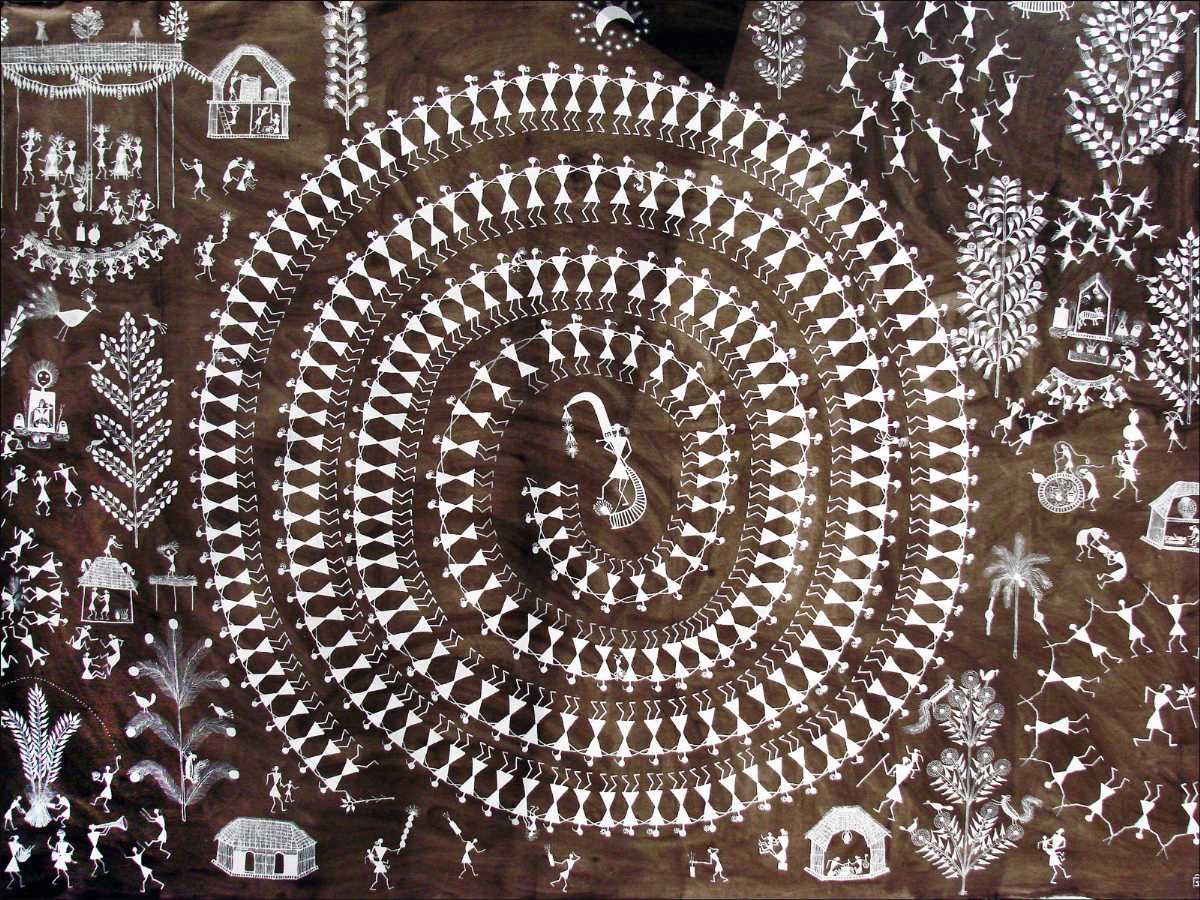
This tribal art, which originates from the state of Maharashtra, is well-known for its simple wall paintings. It is among the best illustrations of a folk artwork. Simple geometric shapes like squares, circles, and triangles are employed in this. These paintings are carved on a background of dark red color with a white brush made of bamboo. Hunting, festivals, fishing, farming, dancing, and other everyday scenes are depicted in the picture.
2. Tanjore Painting or Thanjavur Painting
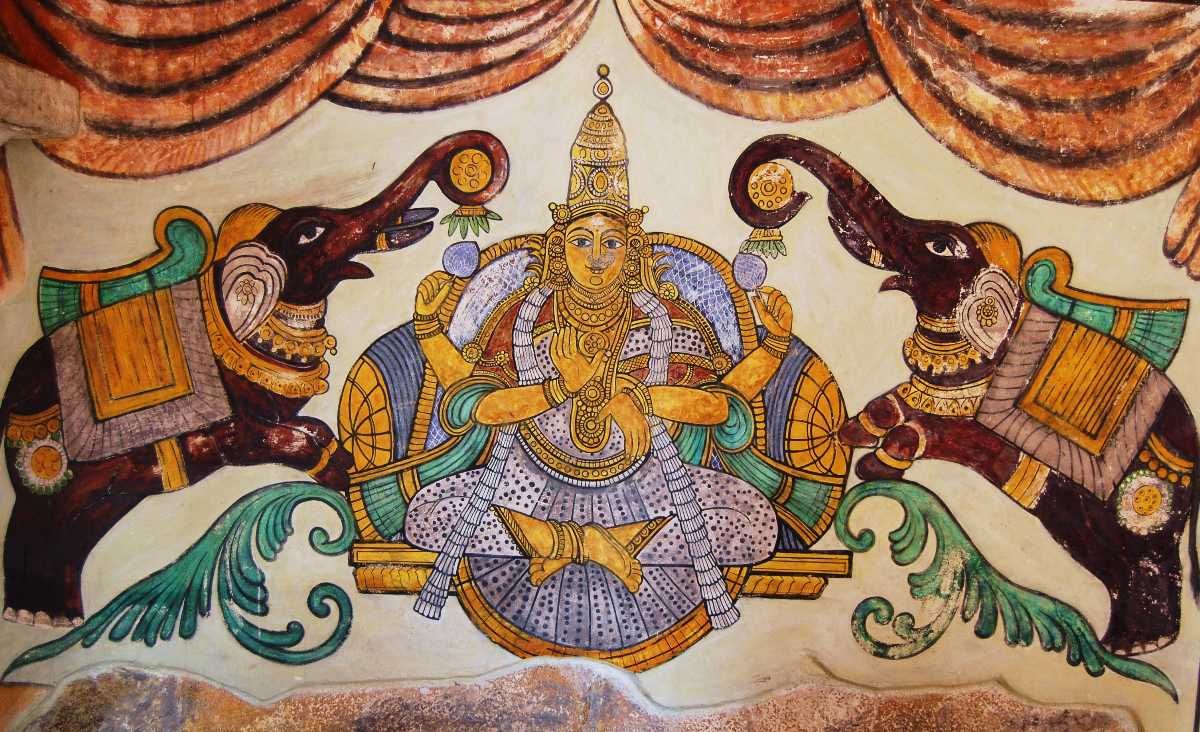
3. Madhubani Art
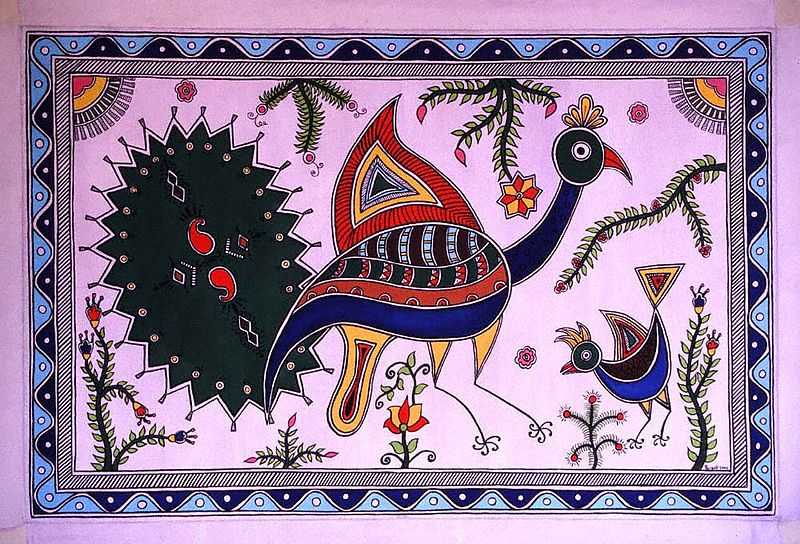
The women of Mithila created the Indian art form known as madhubani. It originated in Bihar and is also known as Mithila art. The paintings, which are typically of nature or religious themes, are created on recently plastered mud walls. Images of the Sun, Moon, trees, flowers, animals, wedding scenes, Rama, Durga, Saraswati, Shiva, Krishna, and so on are included. Brushes, twigs, fingers, matchsticks with natural dyes and pigments, etc. are used to finish the painting. This painting's primary goal is to fill in all of the spaces and voids with as many patterns, forms, and designs as it can.
4. Saura Paintings
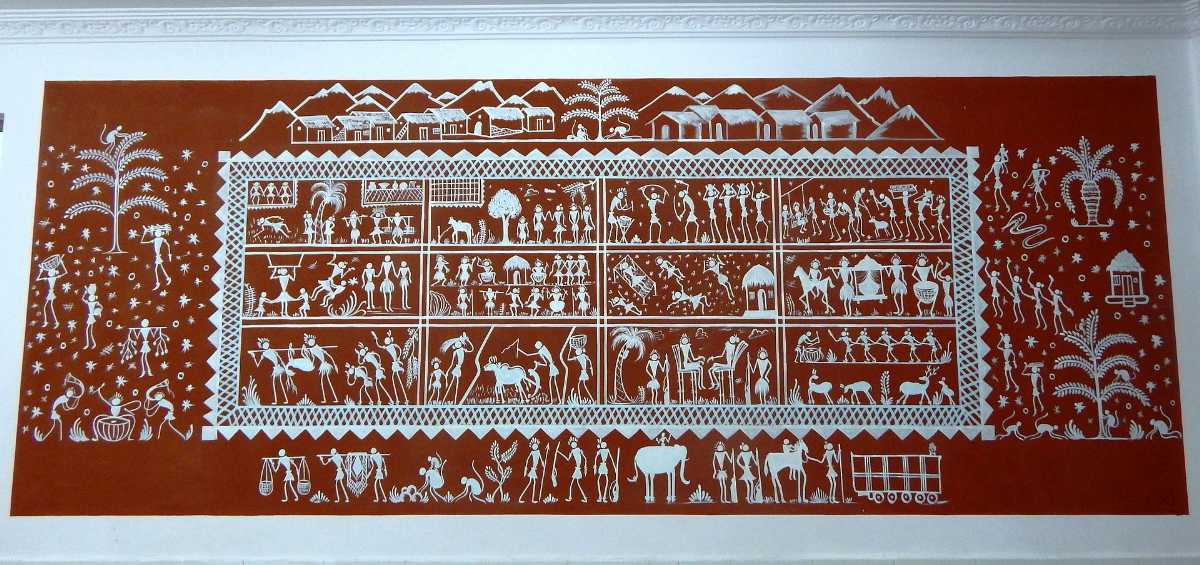
5. Bhil Art
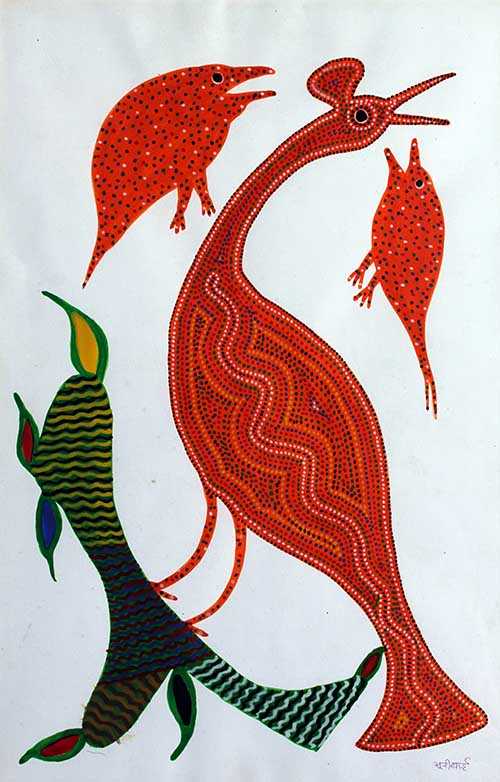
6. Gond
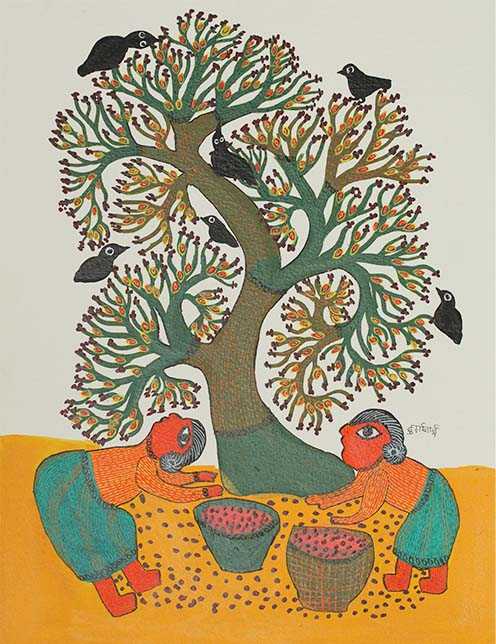
7. Pattachitra Painting
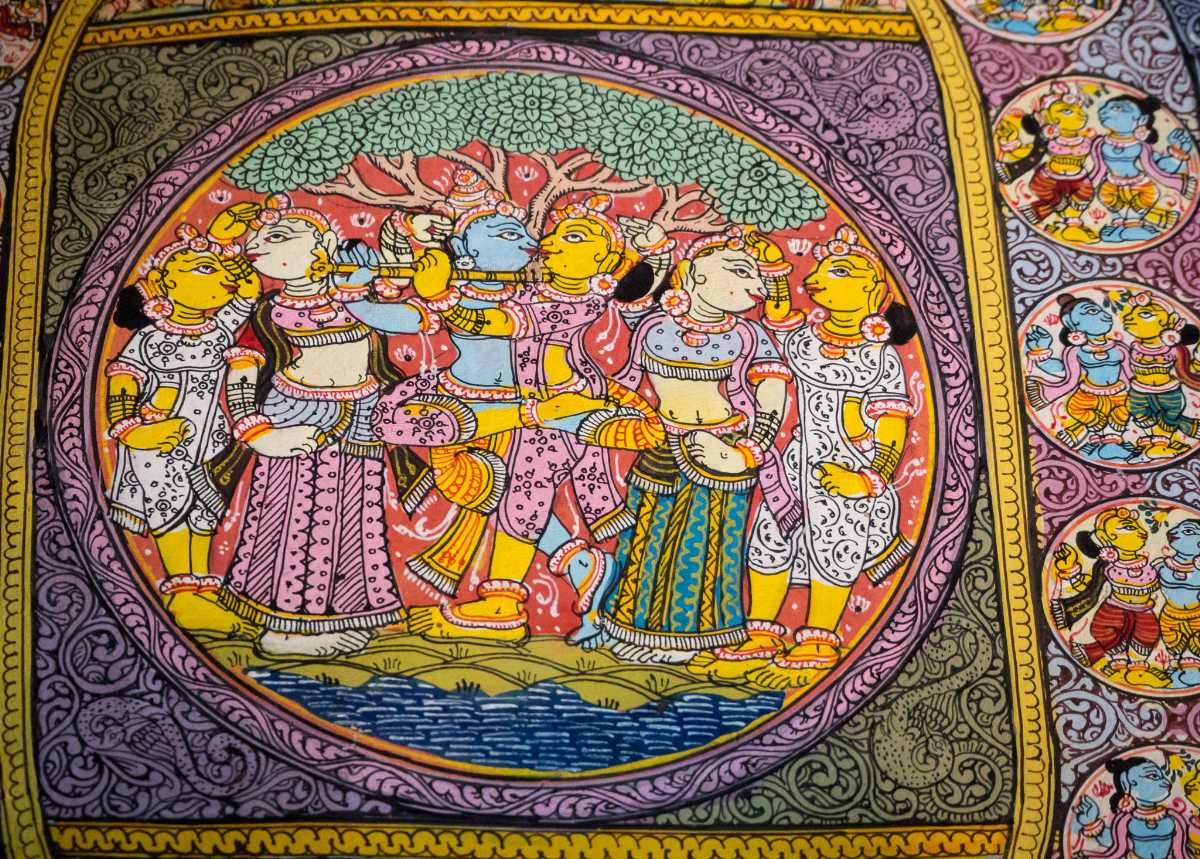
Pattachitra paintings are traditional artworks that have their origins in West Bengal and Odisha. This picture, which is based on cloth and features floral borders and crisp, delicate lines in vibrant colors, depicts gods and goddesses. These paintings were once used to tell stories. The way clothes are shown in this artwork sets it apart from others. "Patta" refers to the canvas on which these paintings are carved. It is among India's earliest examples of tribal art. Original Pattachitra paintings are reputed to take months to finish and are composed entirely of natural colors.
8. Kalamezhuthu Art
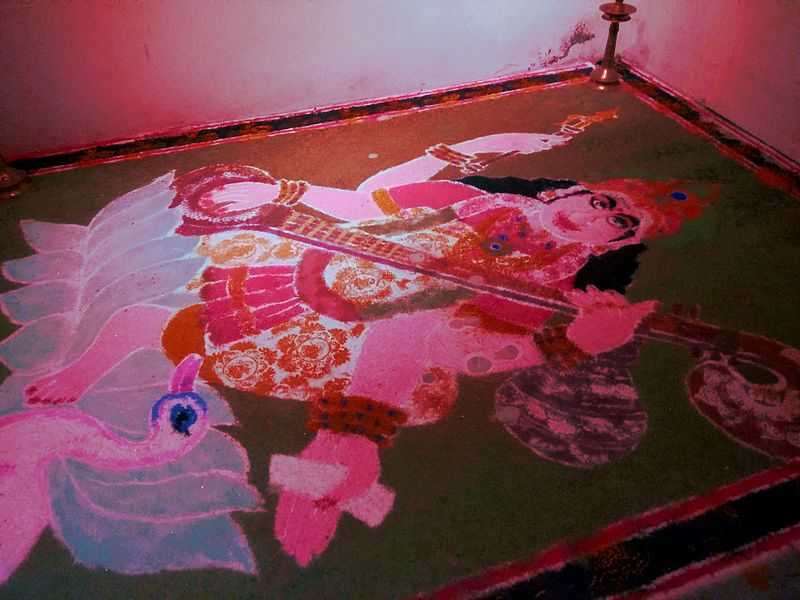
9. Khovar Art
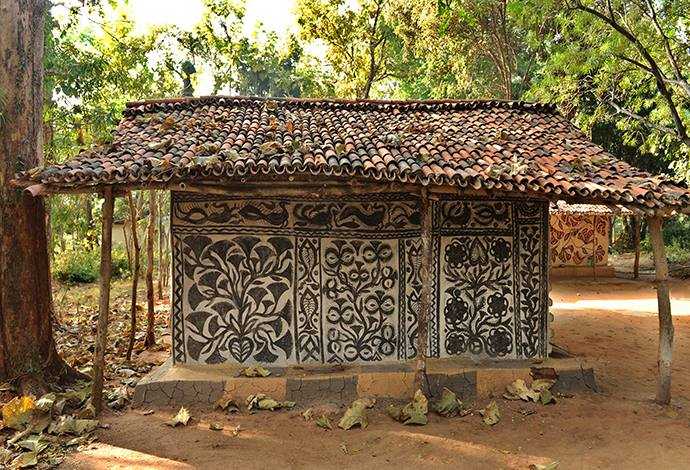
During the harvest season, this customary wall art is created. Var means spouse, while Kho or Koh signifies cave. The women of the home create this matriarchal artwork to adorn newlyweds' wedding chambers. Jharkhand is the birthplace of Khovar art. A coat of black mud is applied initially, and then a coat of white mud is applied to prepare the backdrop. Subsequently, a tool is employed to remove the coating and reveal the intended design. Generally, tribal people who live in forests carve animals like tigers, snakes, peacocks, and so on, while people who live in plains usually carve cows, goats, pigeons, and so on. Join Our Course
10. Kavad or Kawad Art
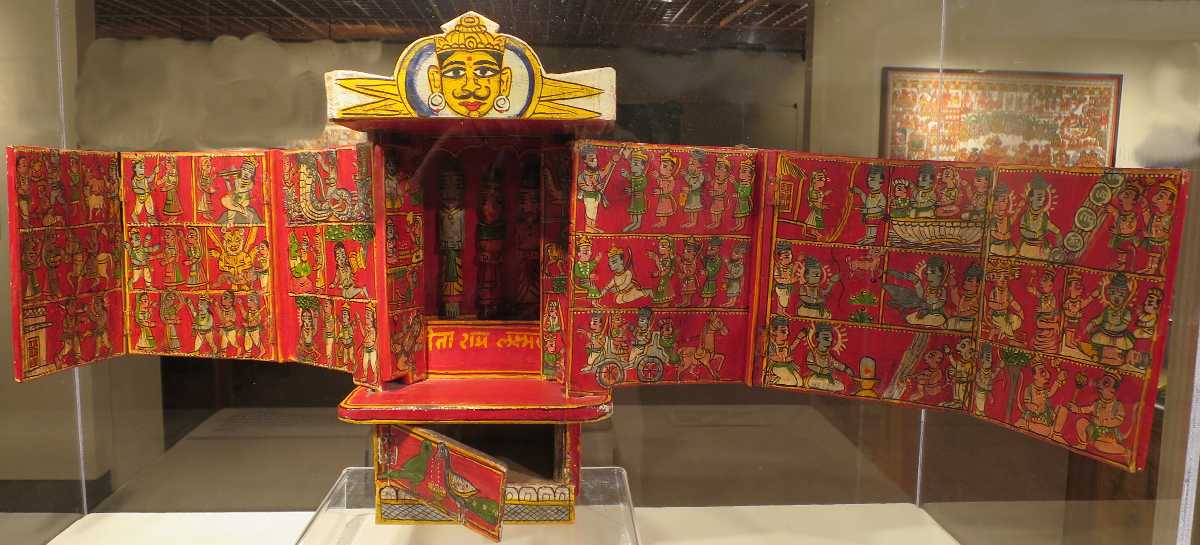
The 500-year-old Rajasthani art form known as Kavad, or Kawad, is practiced by the Jangid Brahmins of Chittorgarh. It is a three-dimensional box with many unfoldable panels. It is a transportable temple decorated with paintings of many Gods and Goddesses. The stories from various epics, including the Ramayana, Puranas, Bhagavad Gita, and others, are portrayed on these light wood panels.
The fact that Indian tribal arts are still practiced in many locations and have been preserved for so long is a source of immense pride. Join our painting course
